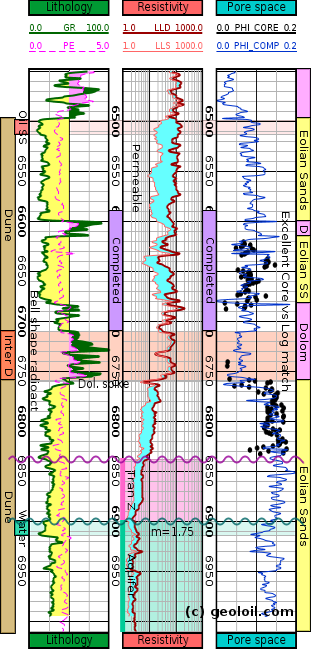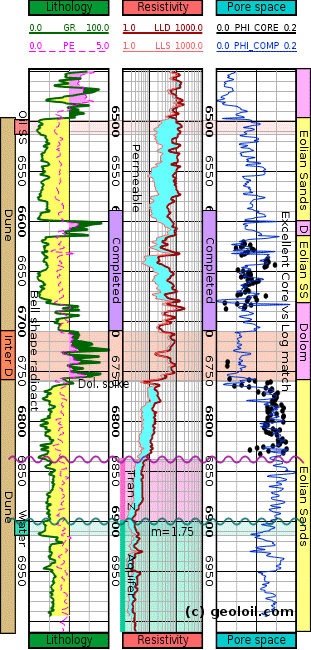We offer a hands-on computer course to build static models of a reservoir using GeolOil software. The course teaches with real data how to use and run the modules. Although a full comprehension of GeolOil software takes time to master, the course is a big help.
The complete GeolOil course requires an intense full 5 week days to cover all the modules. However, companies with tight schedule prefer a custom designed course suited to their needs in 3-4 days.
Objectives: To provide the participant the basic concepts of Static Reservoir Modeling in such a way that the participant in the course acquires fundamental tools and skills to immediately use the GeolOil software with real project data.
Profile of the participant: Geomodelers, geologists, petrophysicists, petroleum engineers, related professionals and advanced technicians interested in building static reservoir models and its concepts.






